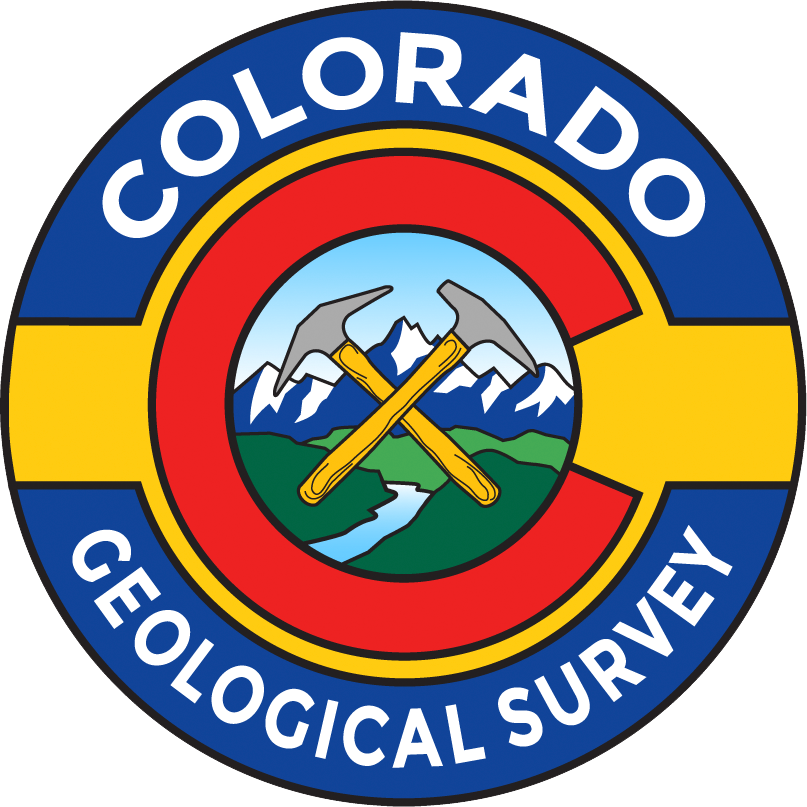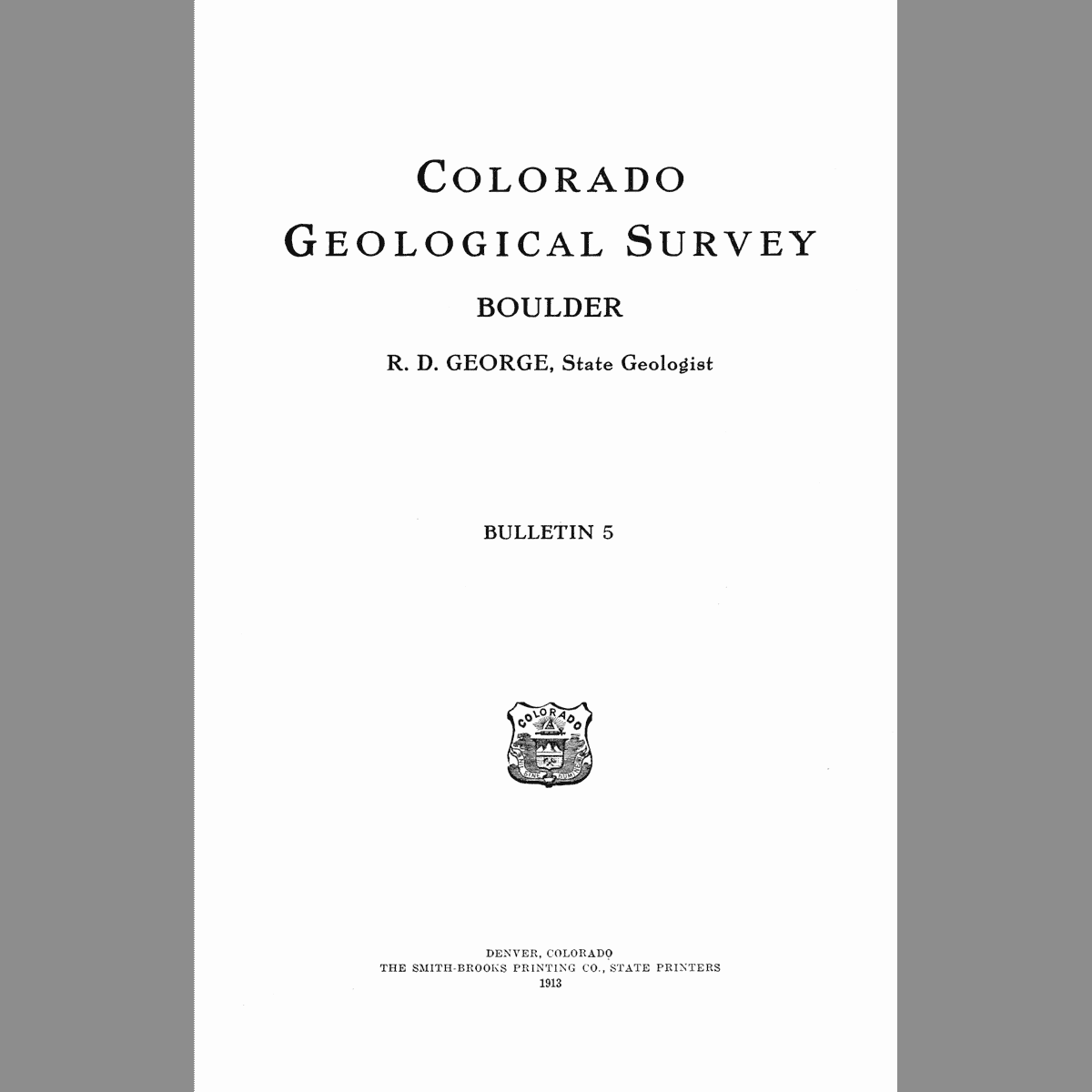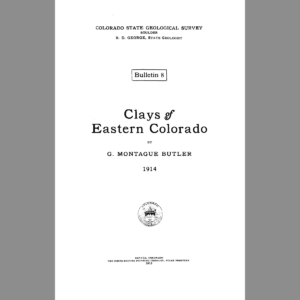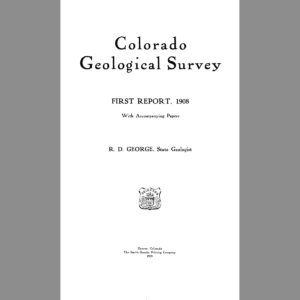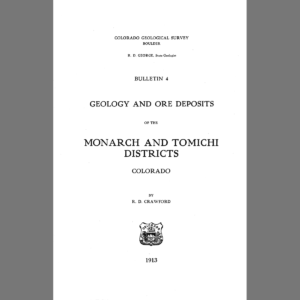Description
Bulletin 5 – Part 1: Reconnaissance of the Geology of the Rabbit Ears Region, Routt, Grand, and Jackson Counties, Colorado by F.F. Grout, P.G. Worcester, and J. Henderson. Pages 1-57; Bulletin 5 – Part 2: Permian or “Permo-Carboniferous” of the Eastern Foothills of the Rocky Mountains in Colorado by R.M. Butters. Pages 65-101. Digital PDF download. B-05D
Excerpt from the introduction:
The area considered in this report consists of about 212 square miles of territory in Routt, Grand, and Jackson Counties, along and near the west end of the Rabbit Ears Range. This range, which leaves the Park Range just south of Rabbit Ears Mountain, extends in a general easterly direction to the Medicine Bow Range and forms between these ranges the Continental Divide, the boundary between Grand and Jackson Counties, and the dividing line between North and Middle Parks. The whole area is included between range lines 79 and 84 west of the ninety-eighth meridian, and between township lines 3 and 7 north of the fortieth parallel base-line. … Whiteley Peak, the Upper Muddy Butte or Conical Butte of the Hayden Survey, is about midway between the east and west sides near the southern boundary of the area.
Organized into the following sections — Introduction; Physiography; Outline of geologic history; Stratigraphy; Igneous activity and igneous rocks; and Economic geology — field work was completed during the summer of 1911.
Bulletin 5 – Part 2, Excerpt from the introduction:
Lykins is the name given by Fenneman, in his bulletin on the geology of the Boulder district, to the upper portion of the “Red Beds” in the Front Range of eastern Colorado. The age of this formation has never been settled. It has been assigned to various ages from the Upper Carboniferous to the Triassic, but is commonly spoken of as Triassic. This is due primarily to the almost total lack of fossil evidence. Up to the summer of 1910 there had been no well-authenticated report of fossils from this formation along the entire range. … During the summer and fall we followed, with considerable care, the foothills from the Wyoming line down to the New Mexico line, keeping as close to the outcrop of the Lykins as possible. In this work it was found necessary to study, to a greater or less extent, the underlying Lyons, Fountain and other Upper Carboniferous formations, and the overlying Morrison or Jurassic formations. That is, we had to keep in touch with practically all the sedimentary formations from the pre-Cambrian to the Cretaceous.
Organized into the following sections — Introduction; Acknowledgments; Geography; Formation Names; Stratigraphic relations; Local Sections; Age and Correlation of the Lykins; and Bibliography — field work was completed during the summer of 1910.
